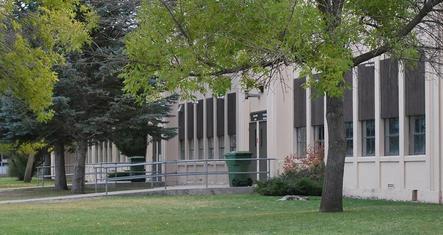From the start, replacing or repairing two aging Salmon schools has been a convoluted proposition.
First off, Salmon voters rejected bond issues to bankroll building projects — not once, but on eight separate occasions. In May, voters rejected two proposals: a $14.6 million bond issue to replace the district’s middle school and elementary school, and $3.6 million roof repair proposal.

That’s where the state entered the picture. The state agreed in June to front $3.6 million for roof repairs, under a little-used state law to address imminent safety problems at schools. This is only a loan; eventually, Salmon property owners would have to pay the state back.
Now the repair projects are in the planning stage, and school district officials have floated an idea that could save local patrons about $1 million: close the 74-year-old middle school entirely, and shift these students to the elementary school and high school. The logic is simple enough: Even with a new roof, the middle school is still an old structure, and not conducive to a modern learning experience anyway.
But there’s yet another complication.
The law doesn’t allow the state to consider a plan B. Now that the state has committed to replacing both roofs in Salmon, it appears locked into that course of action.
The Legislature will be asked to step in. During a conference call Friday, the State Board of Education gave its blessing to a bill that would give state officials the flexibility to reconsider building repair or rebuilding plans — or even terminate a project.
Even if the Legislature passes this bill, this issue isn’t likely to come up very often.
The state has historically left school building decisions to local districts and taxpayers. The Salmon roof impasse marks only the second time that the state has stepped in to loan a district money to address a safety problem — effectively imposing a local property tax increase.
And there’s a good chance that the state will still wind up fronting money to repair the Salmon Middle School roof — a fix that doesn’t address cracks in the foundation and concrete walls, caused in part by decades of seismic activity.
For now, the two roof repairs remain the state’s Plan A, and the state has hired architects for the projects, State Board executive director Mike Rush said Friday. The prospect of changing course, he said, is “very speculative.”
